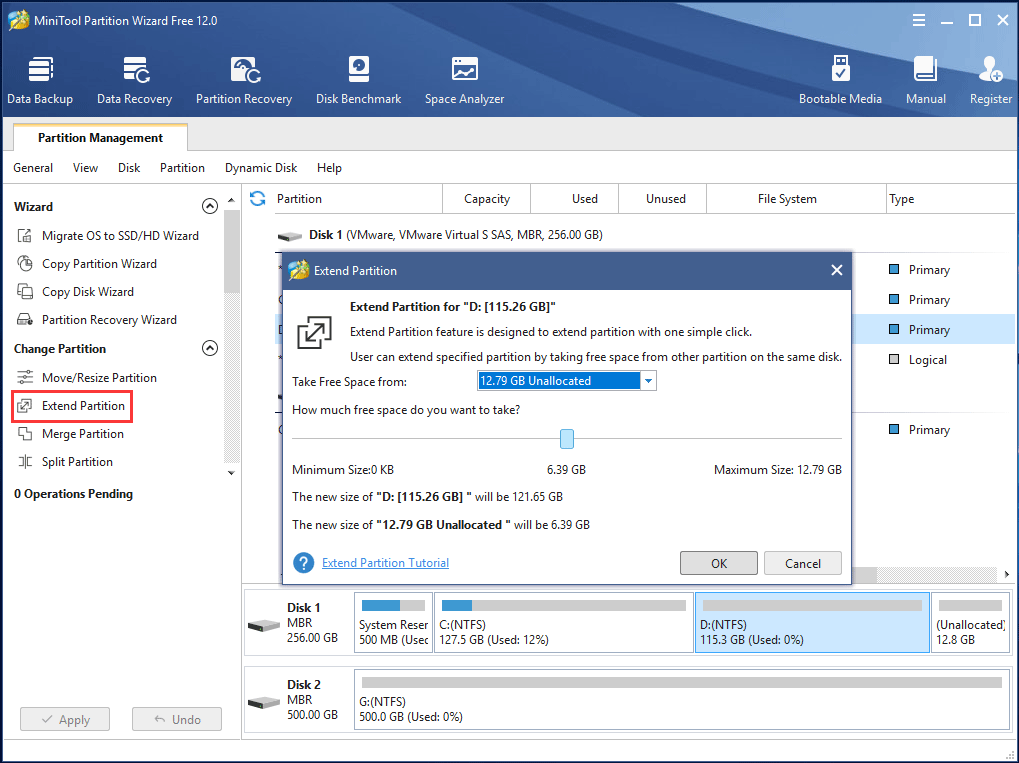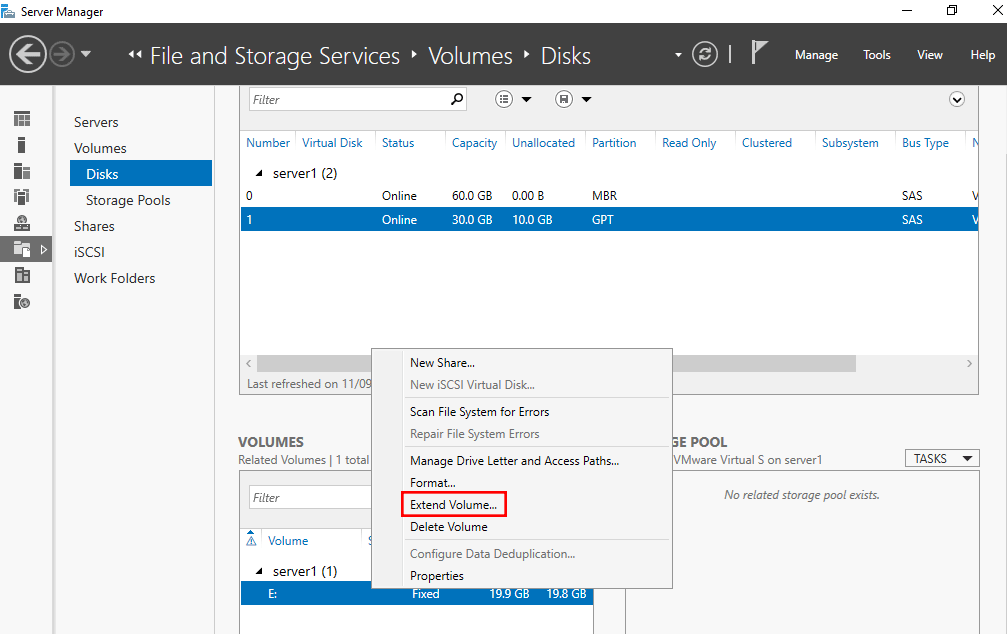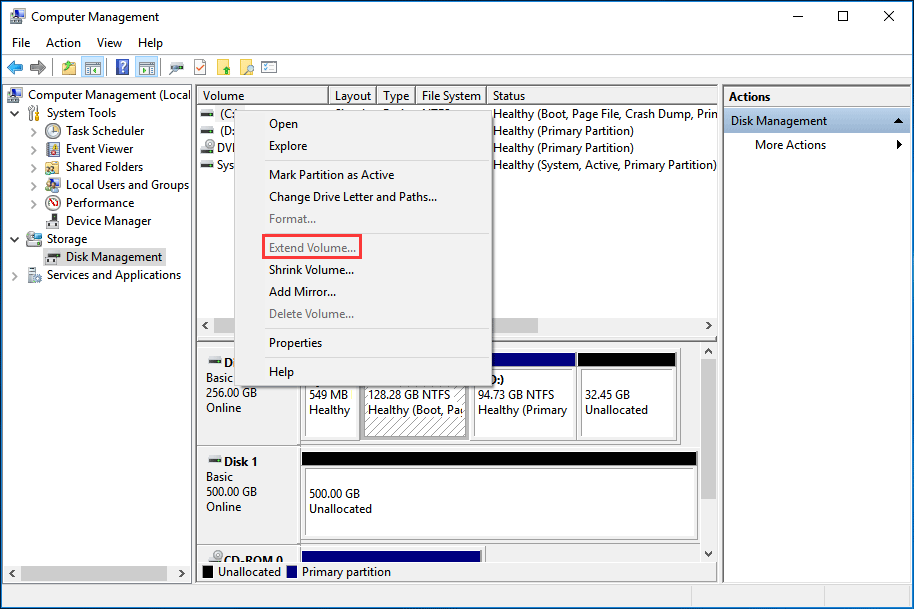


The default standard table is like a table created in earlier versions without a special keyword specified.

The two table types are STANDARD (logging tables) and RAW (nonlogging tables).

Dbspaces A dbspace is a logical unit that can contain between 1 and 32,766 chunks.Extents An extent consists of a collection of contiguous pages that store data for a given table.An sbpage is the same size as the database server page, which is usually 2 KB on UNIX™ and 4 KB on Windows™. Unlike blobpages, sbpages are not configurable. Sbpages An sbpage is the type of page that the database server uses to store smart large objects within an sbspace.Blobpages A blobpage is the unit of disk-space allocation that the database server uses to store simple large objects (TEXT or BYTE data) within a blobspace.Pages A page is the physical unit of disk storage that the database server uses to read from and write to HCL® OneDB® databases.Chunks A chunk is the largest unit of physical disk dedicated to database server data storage.Unlike the logical units of storage whose size fluctuates, each of the physical units has a fixed or assigned size that is determined by the disk architecture. Data storage The database server uses physical units of storage to allocate disk space.Shared memory These topics describe the content of database server shared memory, the factors that determine the sizes of shared-memory areas, and how data moves into and out of shared memory.
#Logical volume manager windows how to#
Manage virtual processors These topics describe how to set the configuration parameters that affect database server virtual processors, and how to start and stop virtual processors.Virtual processors and threads These topics describe virtual processors, explain how threads run within the virtual processors, and explain how the database server uses virtual processors and threads to improve performance.Administrator's Guide The HCL OneDB™ Administrator's Guide provides the information required to administer HCL OneDB™.System administration These topics contain concepts, procedures, and reference information for database and database server administrators to use for managing and tuning HCL OneDB™ database servers.
#Logical volume manager windows archive#


 0 kommentar(er)
0 kommentar(er)
